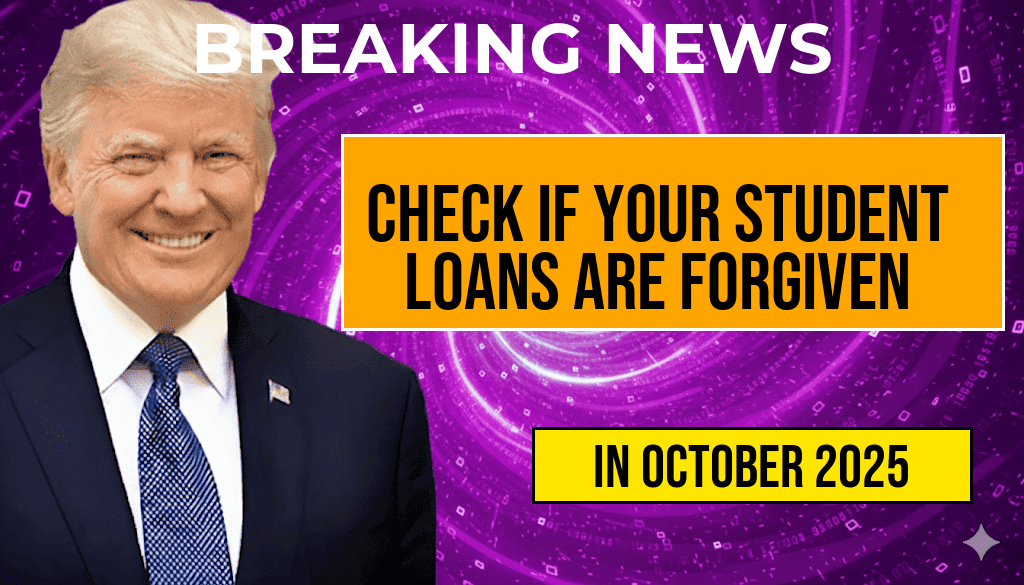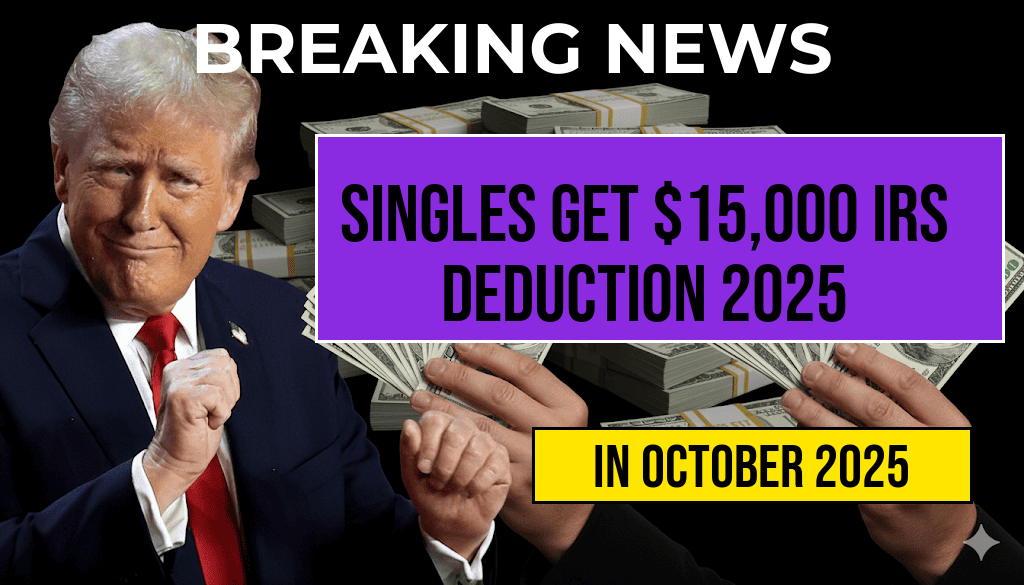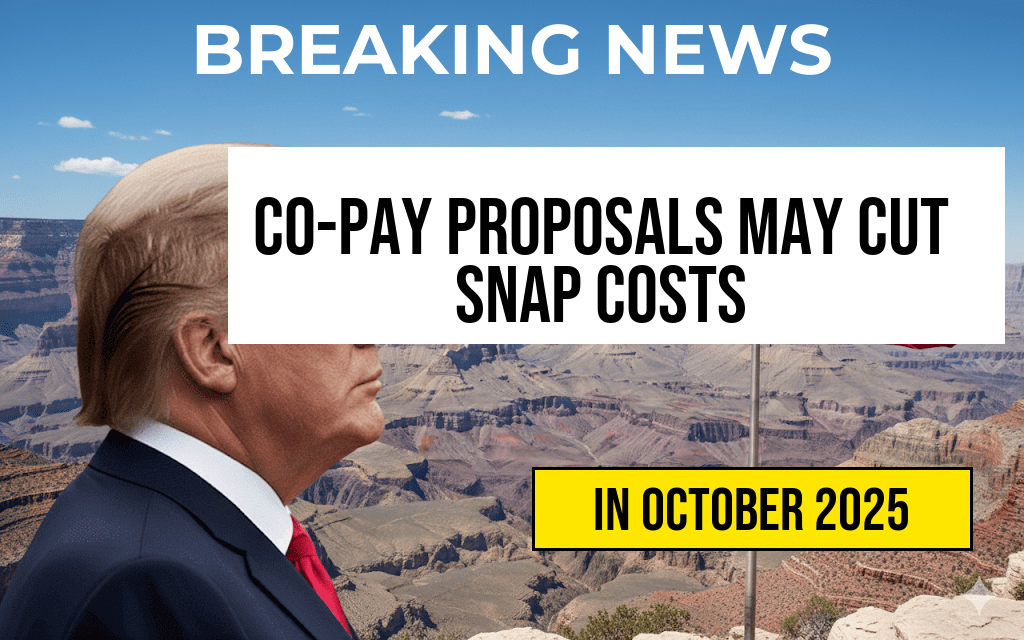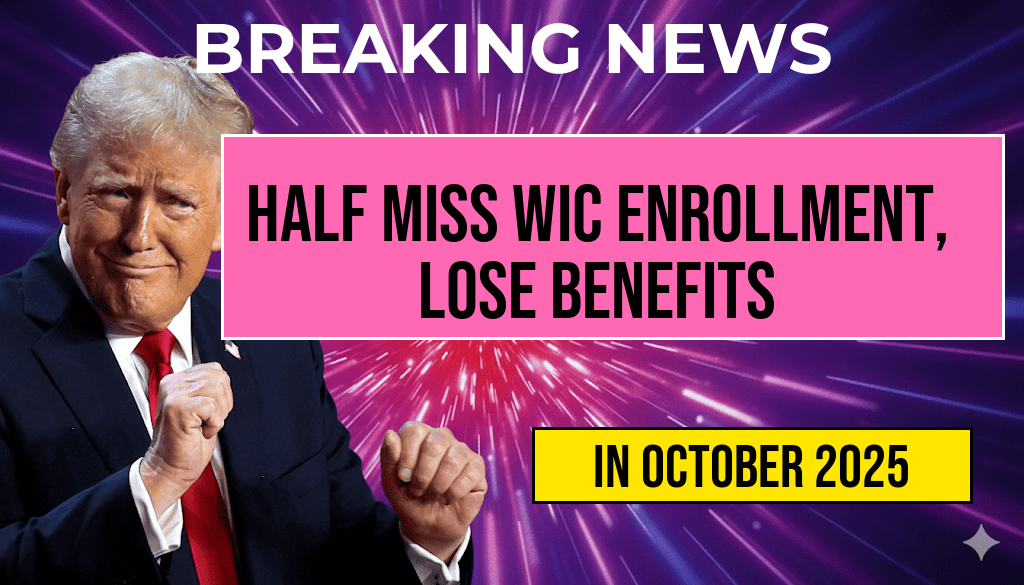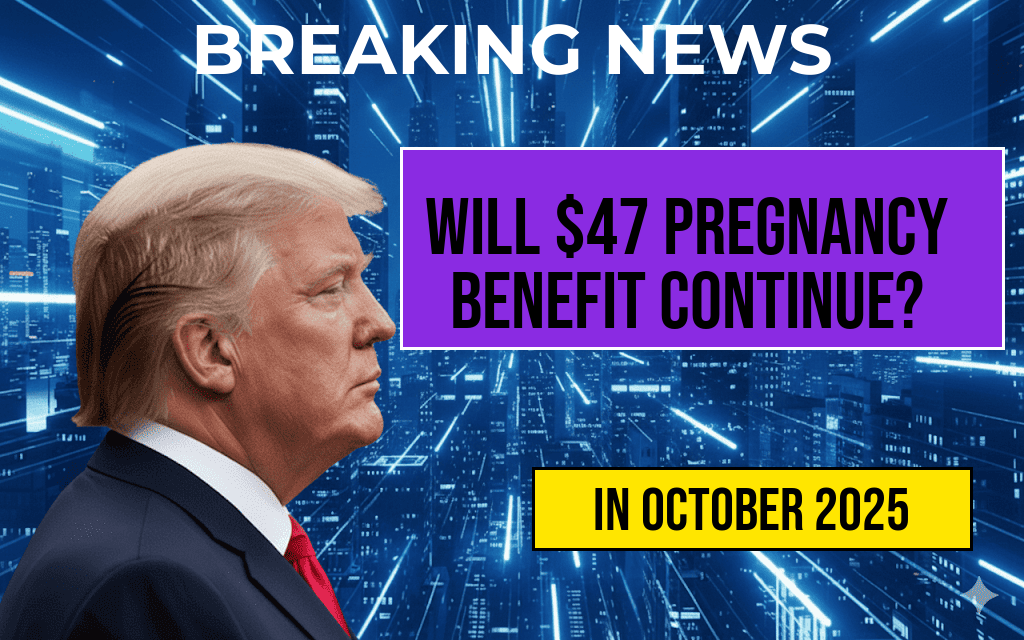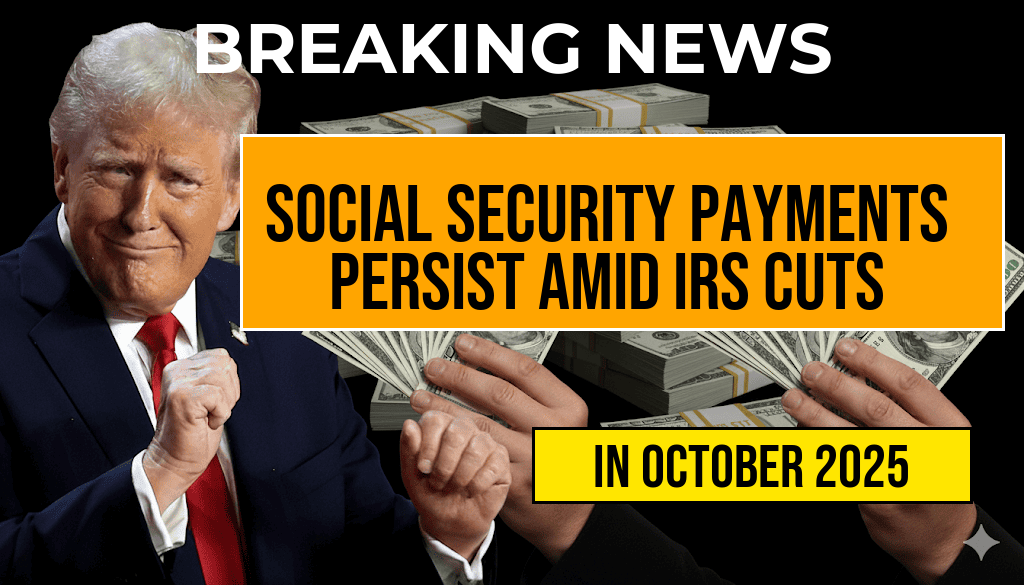As student loan borrowers grapple with financial uncertainty, recent developments indicate that many may qualify for substantial debt relief. The Biden administration has implemented various measures aimed at reducing student loan burdens, including forgiveness programs that could potentially wipe out balances for tens of thousands of borrowers. Reports suggest that individuals with student loans averaging around $30,000 could soon see their balances reduced to $0. Now, borrowers are encouraged to check their eligibility for these forgiveness programs, which have been designed to provide immediate financial relief and promote economic stability.
Background on Student Loan Forgiveness Initiatives
In recent years, the U.S. government has explored several avenues to alleviate the financial pressure of student loans on borrowers. The recent initiatives primarily target those who have been financially impacted by the COVID-19 pandemic or who have fallen behind on payments due to economic hardship. The forgiveness programs aim to cancel a portion of federal student loan debt, providing a significant lifeline to many struggling borrowers.
Eligibility Criteria for Forgiveness
To determine if you’re eligible for student loan forgiveness, it’s essential to understand the specific criteria set forth by the Department of Education. Below are some key factors that may qualify borrowers for cancellation:
- Income-Driven Repayment Plans: Borrowers enrolled in certain income-driven repayment plans may qualify for loan forgiveness after making a set number of payments.
- Public Service Loan Forgiveness (PSLF): Those who work in qualifying public service jobs may be eligible for forgiveness after 120 qualifying payments.
- Disability Discharge: Borrowers who are permanently disabled may have their loans discharged entirely.
- Borrower Defense to Repayment: If you were defrauded by your college, you might be eligible for loan cancellation.
How to Check Your Eligibility
To find out if your loans can be forgiven, borrowers should follow these steps:
- Visit the Federal Student Aid website.
- Log in to your account using your FSA ID to access your loan information.
- Review your loan types and repayment plans to see if they qualify for forgiveness.
- Contact your loan servicer for personalized assistance regarding eligibility and application processes.
Recent Changes to Loan Forgiveness Policies
In light of ongoing economic challenges, the Biden administration has made significant changes to student loan forgiveness policies. These changes include:
- Streamlined Application Process: The application process for forgiveness has been simplified to make it more accessible for borrowers.
- Expanded Eligibility: More borrowers, especially those from low-income backgrounds, may now qualify for relief.
- Temporary Suspension of Payments: Borrowers have enjoyed a pause in payments during the pandemic, which has provided much-needed relief.
Impact on Borrowers
The potential for $0 student loan balances could have a significant impact on borrowers’ financial situations. Experts suggest that forgiving substantial amounts of student debt would not only relieve individuals but also stimulate the economy as those individuals regain financial freedom. This could lead to increased spending, home purchases, and investments in education or further skills training.
Next Steps for Borrowers
Borrowers are strongly encouraged to take action to check their loan balances and eligibility for forgiveness as soon as possible. The process of applying for forgiveness may vary depending on the specific program, but timely action can lead to substantial debt relief. It’s advisable to stay informed about deadlines and any new developments regarding student loan policies.
Resources for Borrowers
For more information on student loan forgiveness and to stay updated on the latest policies, borrowers can refer to the following resources:
- Forbes on Student Loan Forgiveness
- U.S. Department of Education Budget Summary
- Wikipedia on Student Loans in the U.S.
As the landscape of student loans continues to evolve, borrowers should remain proactive in seeking relief and understanding their options. Checking your student loan balance may be the first step toward significant financial relief.
Frequently Asked Questions
What does it mean to have a $0 student loan balance?
A $0 student loan balance indicates that your federal student loans have been fully forgiven, meaning you no longer owe any money. This can happen through various forgiveness programs or relief measures implemented by the government.
How can I check if my student loans are forgiven?
You can check if your student loans are forgiven by logging into your account on the Federal Student Aid website or by contacting your loan servicer directly for information regarding your loan status.
Am I eligible for student loan forgiveness?
Eligibility for student loan forgiveness varies depending on the specific program. Generally, factors such as employment in public service, income-driven repayment plans, and certain types of federal loans may qualify you for loan forgiveness.
What should I do if my loans are not forgiven yet?
If your loans have not been forgiven yet, ensure you meet all eligibility criteria for the forgiveness programs. You may also want to stay informed about any new legislation or relief measures that could impact your loan balance.
Will my credit score be affected if my student loans are forgiven?
If your student loans are forgiven, it can have a positive impact on your credit score since your debt-to-income ratio improves and you have fewer outstanding debts. However, it’s important to check your credit report for any discrepancies after the forgiveness process is complete.

